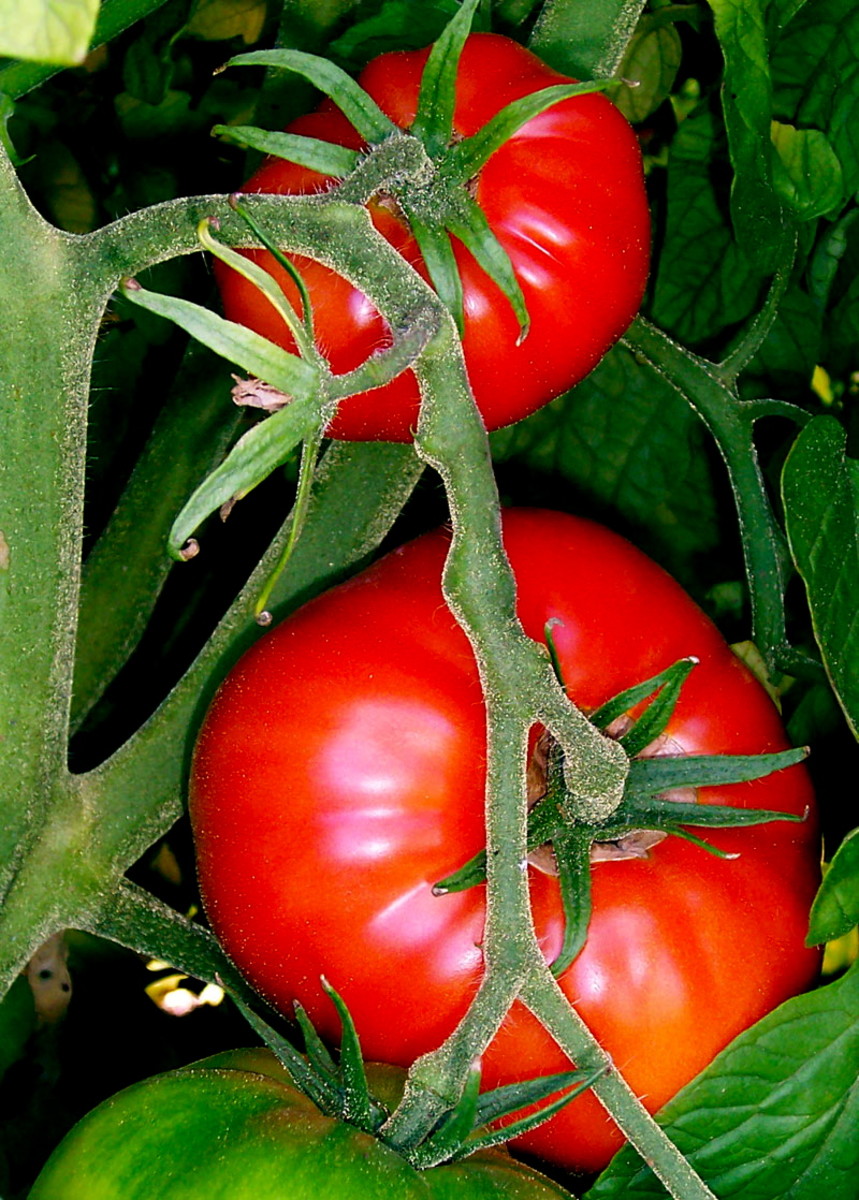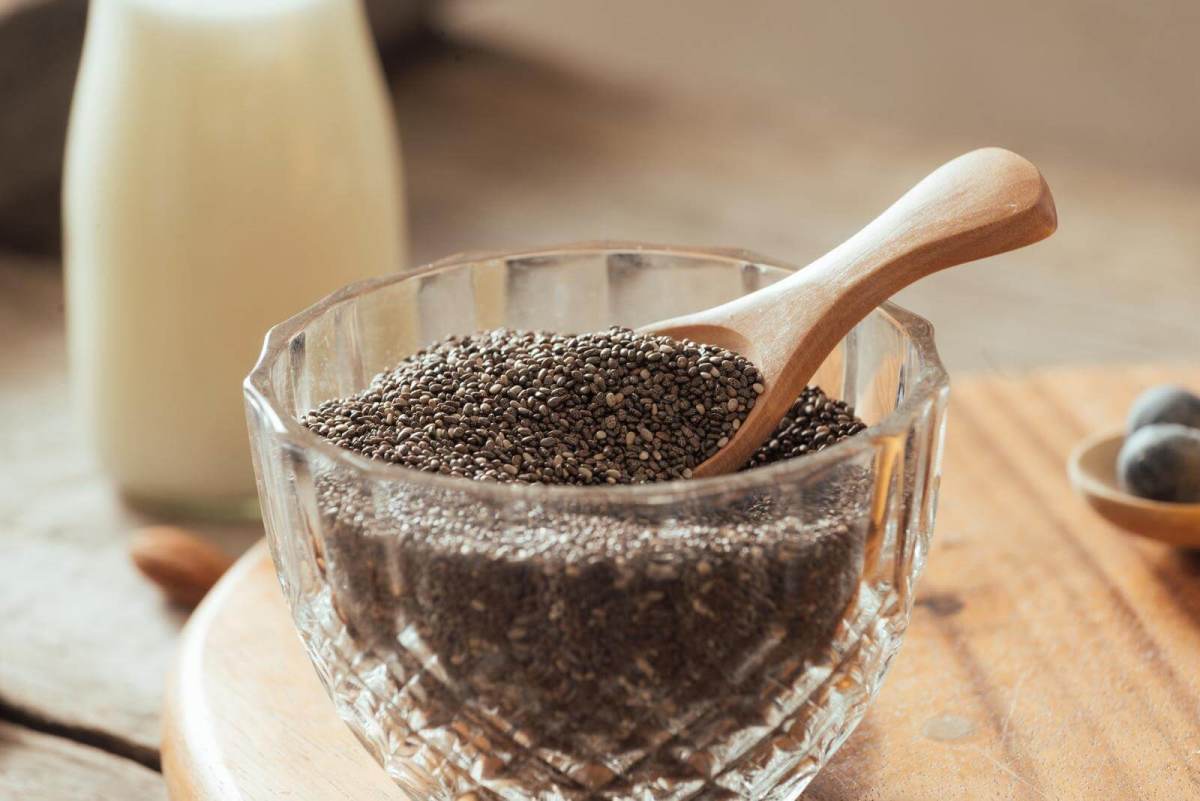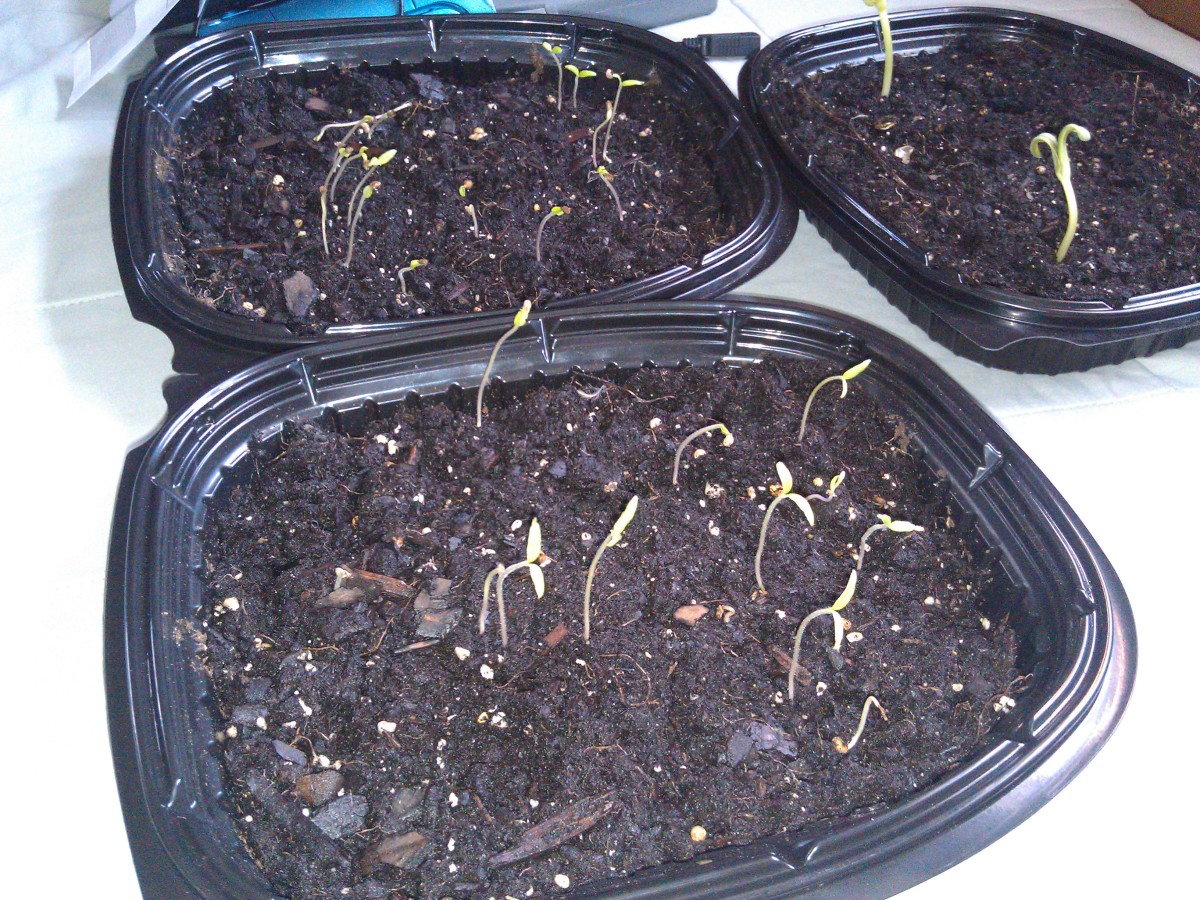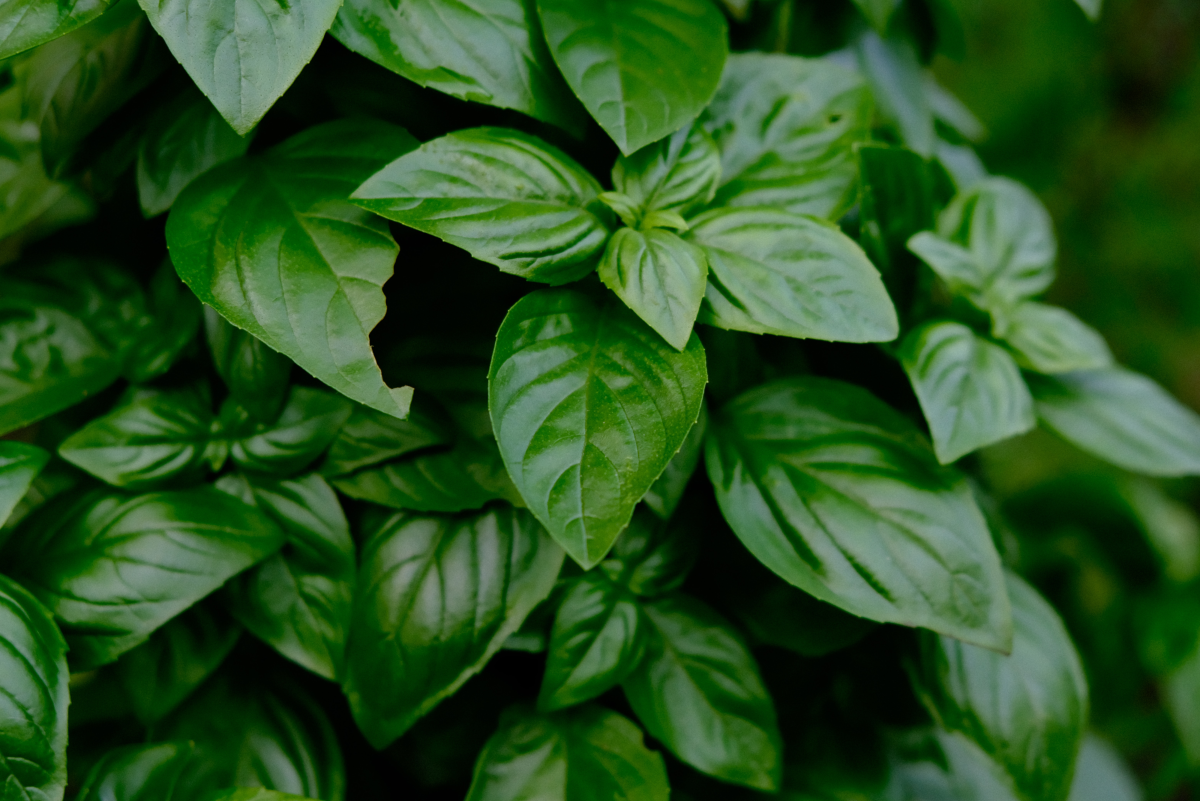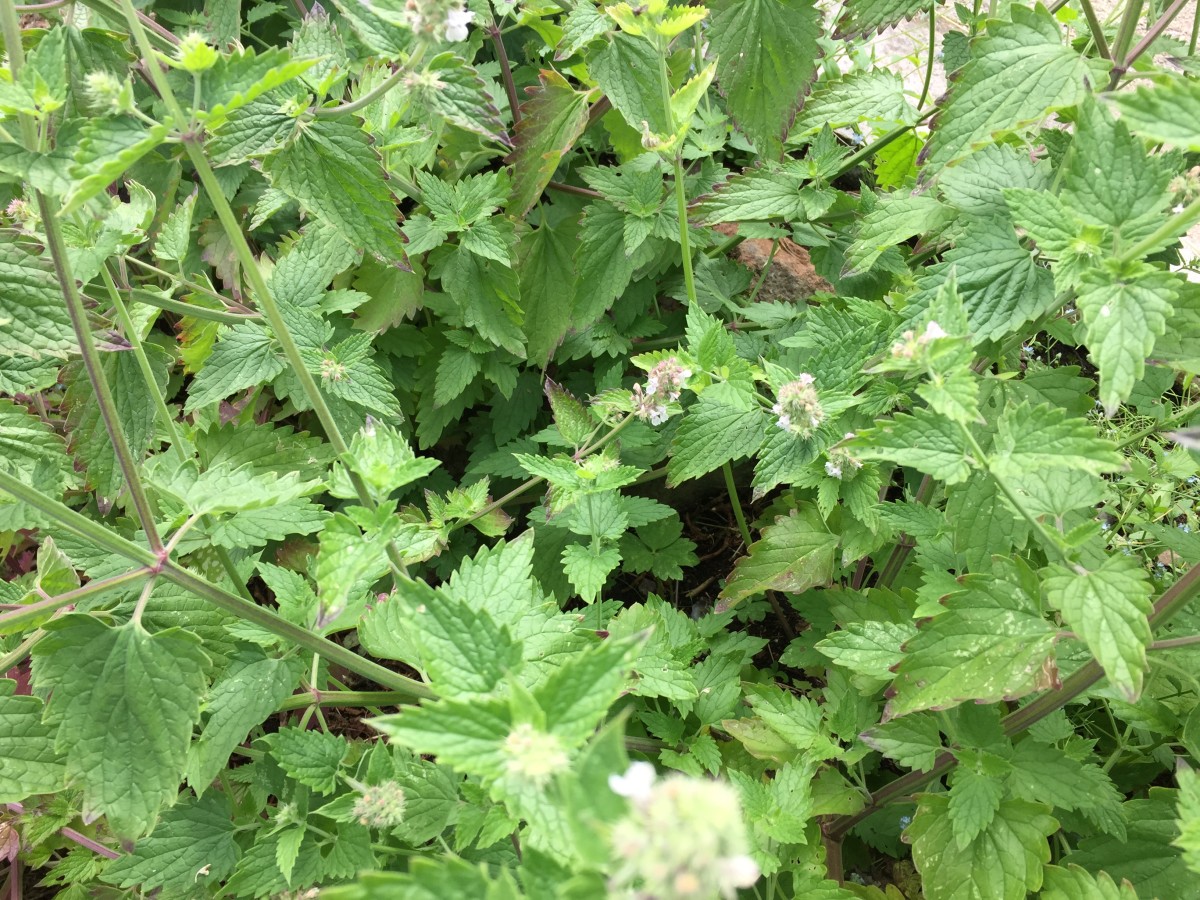How to Grow Tomatoes from Seeds
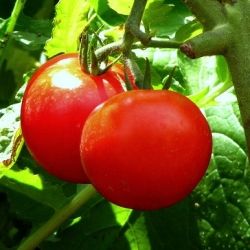
Growing Tomatoes from Seed
Growing tomatoes from seed is a great way to start your own plants and save money. As an avid gardener, tomatoes are one of the 'top 10' on my list every year when it comes to planning out my garden and the plants that I will start from seed.
Growing tomatoes and other vegetables from seeds one of the most budget friendly gardening projects you can do. Aside from saving money, growing tomatoes from seed is usually the only way to get your favorite heirloom varieties, produce new varieties of tomatoes, and of course, get your favorite variety of tomatoes, even if the plants are not sold locally. Usually, only basic tomatoes plants are found in local garden centers, so if you have an old-time favorite, your not likely to get it unless you grow it from seed.
Since tomatoes are easy to grow from seed they are also a great plant for beginners and for children. I think that may be one of the reasons I enjoy growing them. while I don't eat tomatoes, I grow a couple hundred from seed each year, and then end of giving them away! Growing tomatoes from seed is also a great kid-friendly garden project that will teach them valuable gardening lessons from the beginning to end.
What You Will Need to Grow Tomatoes from Seed:
Supplies Needed for Growing Tomatoes from Seeds
Sterile Potting Soil
Clean Pots or Seed Trays
Tomato Seeds of Your Favorite Varieties
Optional:
Labels - Recommended if you are planting more than one variety so that you can keep up with each variety.
When to Plant Tomato Seeds
When to Sow Tomato Seeds
If planted indoors, tomato seeds can be started anytime in late winter or early spring. If you have space you can begin them as early as January. Keep them indoors until after the last frost. If using a greenhouse you may need to warm it at night when temperatures are below 40 degrees Fahrenheit. Temperatures that drop below 60 degrees at night will slow germination but will not injure the seeds or seedlings unless they receive frost or frozen soil.
If planting outside in the garden be sure to wait until the ground has warmed and there are no chances of frost. I would personally suggest starting in pots or seed trays and then transplanting the seedlings to the garden.
Ants, birds and other pests may eat your tomato seeds plus, you risk the chance of soil drying out, getting to cold or containing diseases that could harm the tender seeds.
Prepare Your Planting Media
Growing Tomatoes from Seed Step 1
Since tomato seeds are so small and planted shallow, it is best to prepare your soil prior to planting them. If not you may end up washing them out of the dirt when watering them in.
Fill your pots and seed pots with soil and water them thoroughly and allow them to drain. Once they have drained water them again and allow to drain completely.
Be sure to use sterile potting soil to avoid diseases and harmful organisms that may be lingering in your potting soil.
Planting the Tomato Seeds
Growing Tomatoes from Seed Step 2
Once the soil has drained completely you can then begin to plant your tomato seeds. If you are using small pots create a small hole about ¼ inch deep. Place a single seed in each hole and lightly cover.
If you are using a seed tray, create trenches in the soil ¼ inch deep from one end of the tray to the other. Space each row at least two inches apart. Place a single seed every one to two inches and complete the row then lightly cover.
Continue until you have finished planting all your seeds. Lightly water them one more time using a gently shower or light mist. Allow them to drain completely and then place in a protected area.
Seeds should germinate within 7 to 14 days depending on the variety and the growing conditions.
Growing Tomatoes in Bags
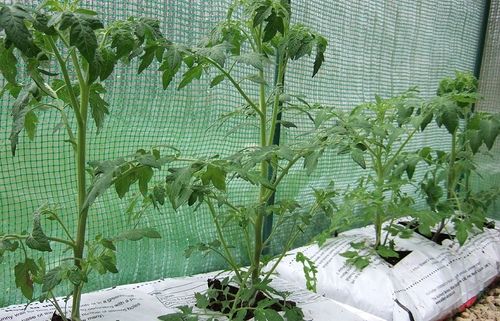
Short on space? Looking for an easy, maintenance free way to grow your tomatoes? Consider growing them in bags of potting soil. Simply cut a small hole about 6 inches wide in a bag of potting soil. And plant your tomato plants like you would in a container. One plant per hole and up to 3 plants per bag. There's no weeding, no hoeing and the bags help retain moisture. Image Source: Flickr
Caring for Tomato Seeds and Seedlings
Growing Tomatoes from Seed Step 3
Once your tomato seeds have been planted the next step is patience, patience and a little more patience. Keep the seeds in area that gets bright, indirect like and is protected from elements such as rain, wind and extreme heat.
Keep the soil moist but not soggy. Do not allow the soil to dry out between watering.
Fertilizing Tomato Seedlings
How to Fertilize Tomato Seedlings and Young Plants
Once your tomato seeds have germinated and the seedlings are 2 to 3 inches high it is safe to fertilize them. When fertilizing any type of seedling it is important to use caution to prevent burning their tender roots. The first time you fertilize your tomato plants use a general purpose fertilizer and apply at half recommended strength- follow the packages instructions using half the amount of fertilizer it calls for!
After the initial round of fertilizer you can then begin to fertilize as recommended by the package at full strength. Don’t be surprised to see your young tomatoes start to burst with new growth quickly!
Planting tomato Seedlings
How to Plant Tomato Plants
Once your tomatoes have established a good height it is important to get them in the ground so that don’t become root bounds. If you are using a seed tray the should be trans planted when they are 2 to 3 inches high. If not they will become root bound quickly and can be damaged when transplanted. You can put them directly in the garden or into small or medium sized pots. If you plan on putting them in the garden you will need to give them extra care to make sure they don’t dry out.
Once your potted plants are about 6 inches high you can plant them in the garden as long as you keep an eye on them and keep the soil moist.
Start by removing all the bottom leaves and branches. You will only need the few leaves left at the top. Dig a whole deep enough to plant all be the top section of the tomato plant. Planting them deep will cause the stem to root which will create a much larger root system that will take in more nutrients, more water and create a better anchor. It will also put the root system deeper into the ground which will allow it to stay cooler and moister.
Once you have planted the tomato back fill the whole using the original dirt or fresh new potting soil. Water thoroughly, shake the dust off your hands and be proud of a job well done!
Tomato Blooms
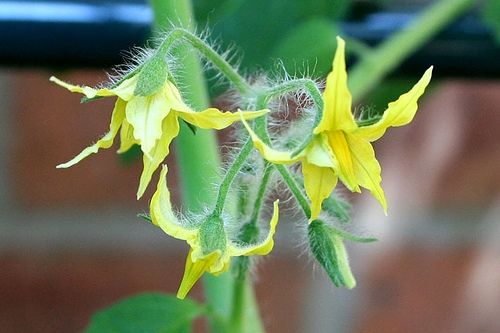
Tomato blooms are a great sign that your plants are doing well. After each bloom that part of the stem will begin to produce a tomato. Be sure to keep you plants watered and fertilized so that they will have the nutrients they need to set the tomatoes. Image Source: Flickr



